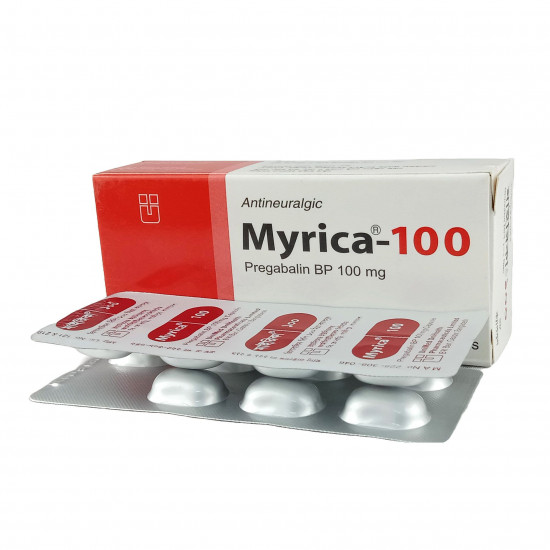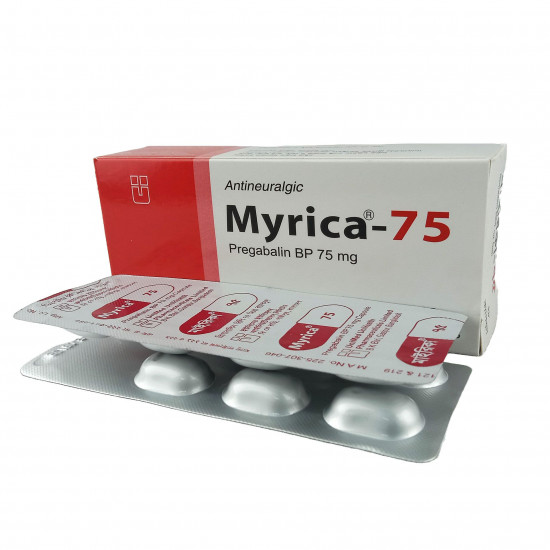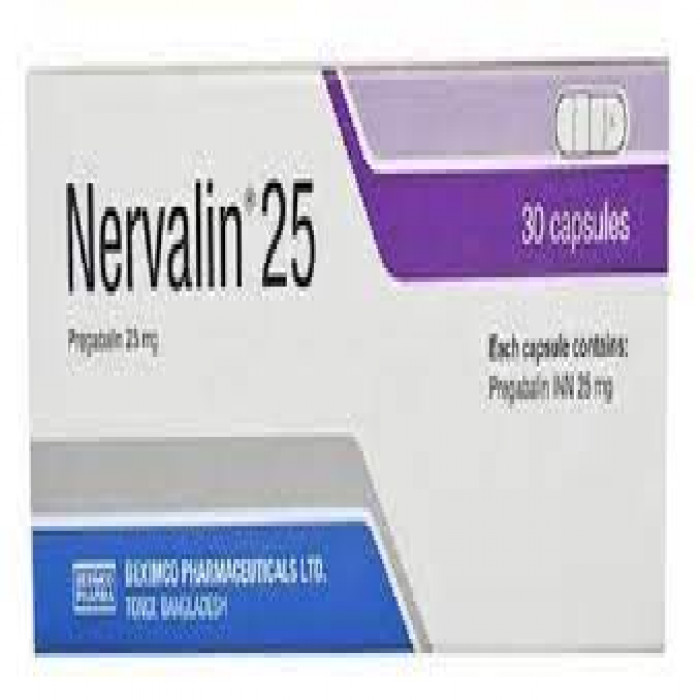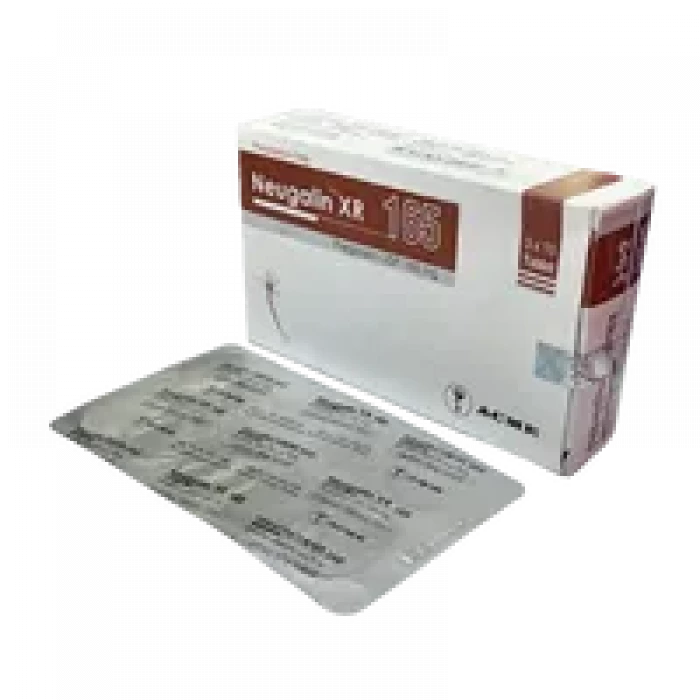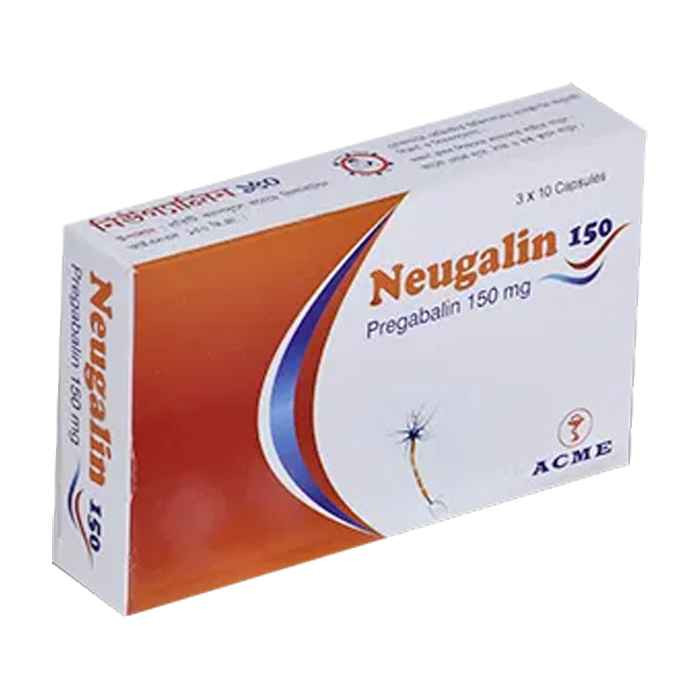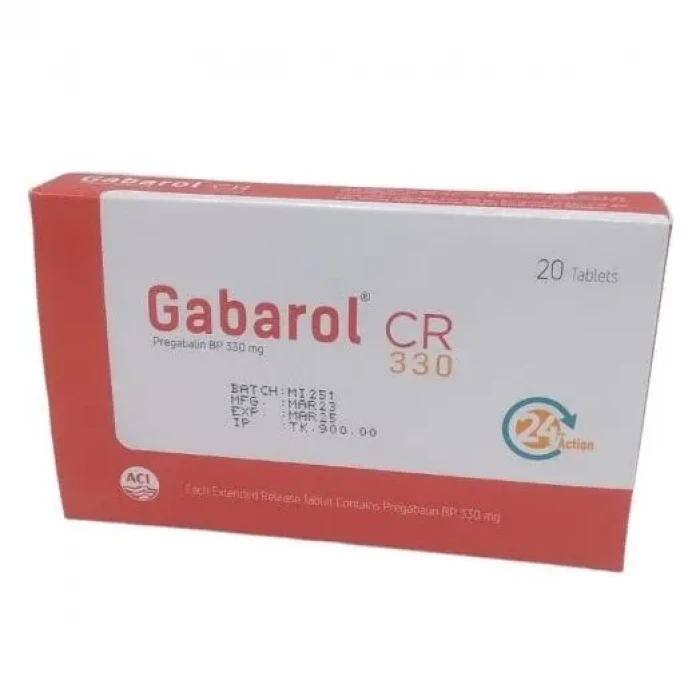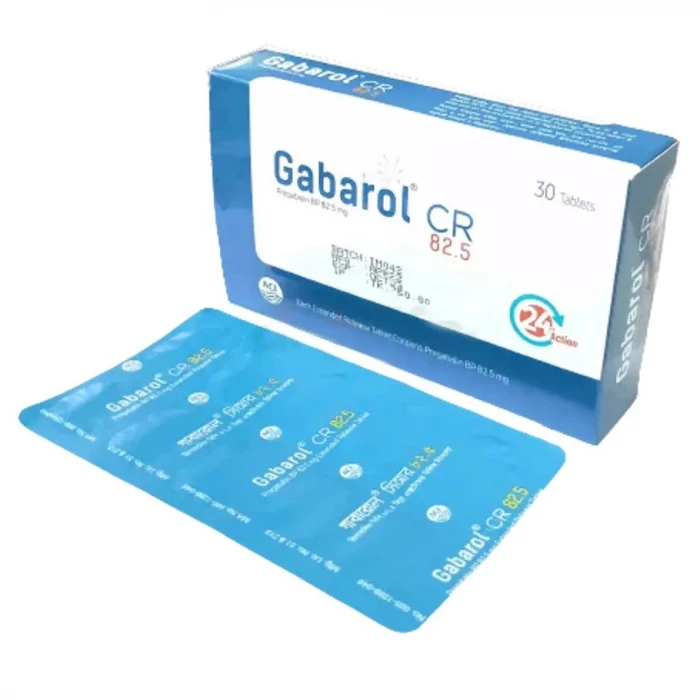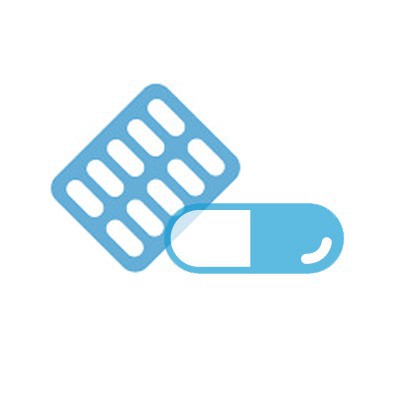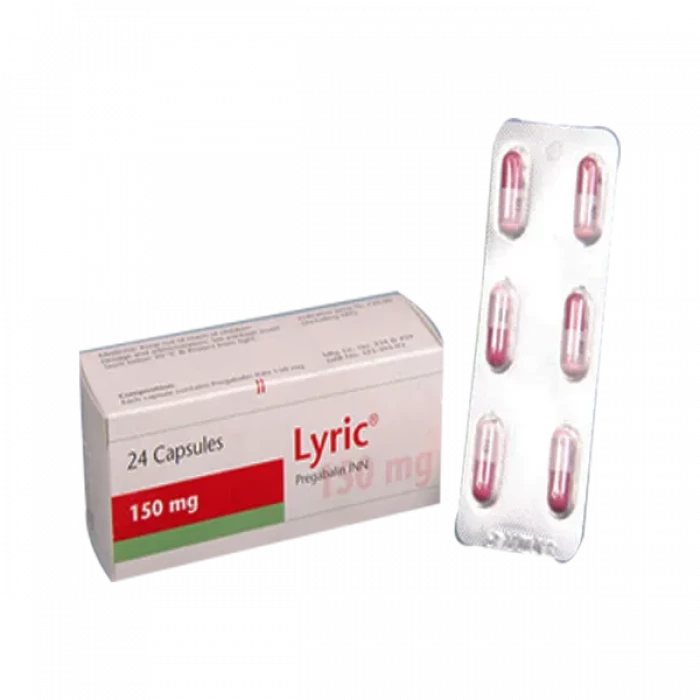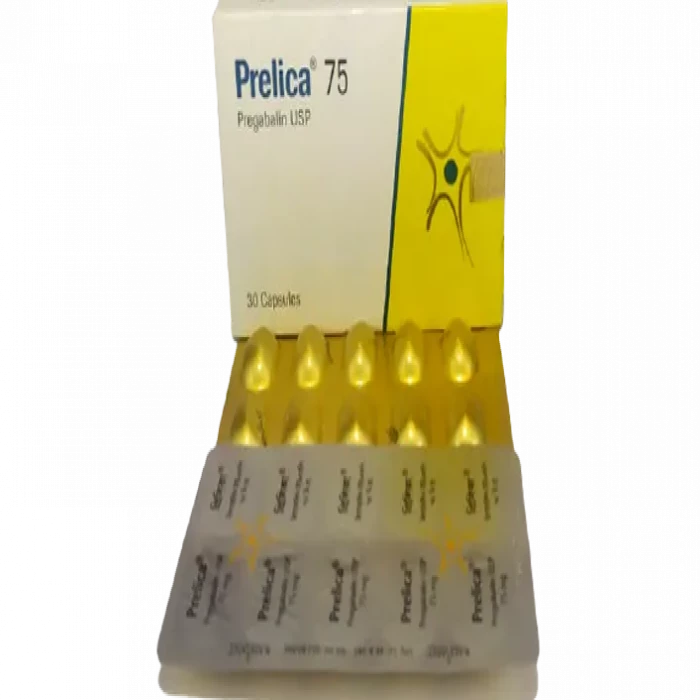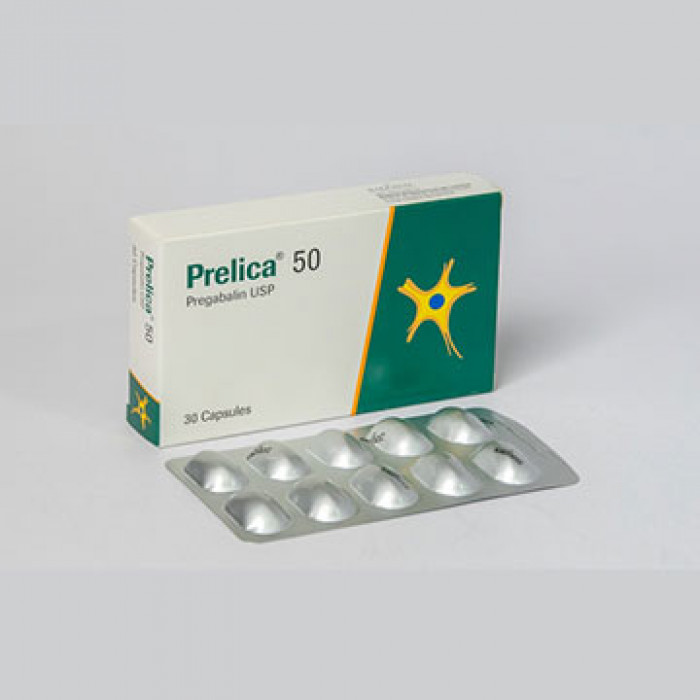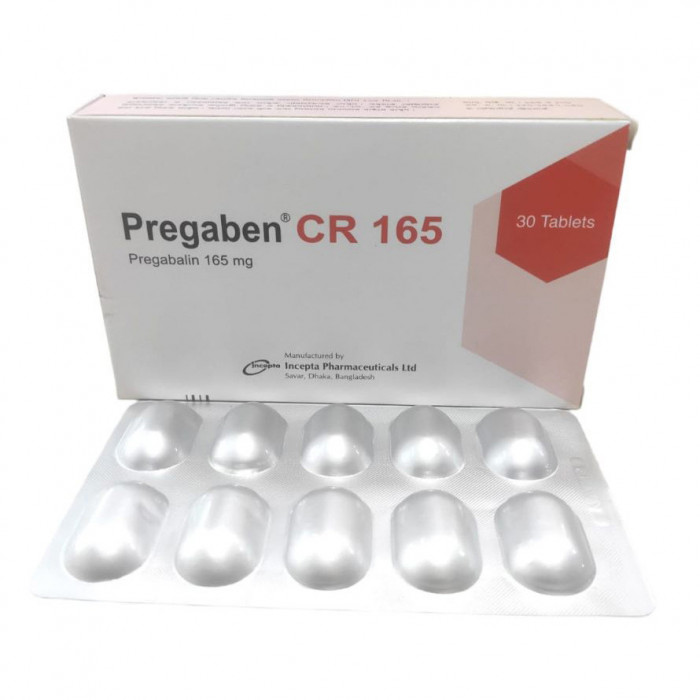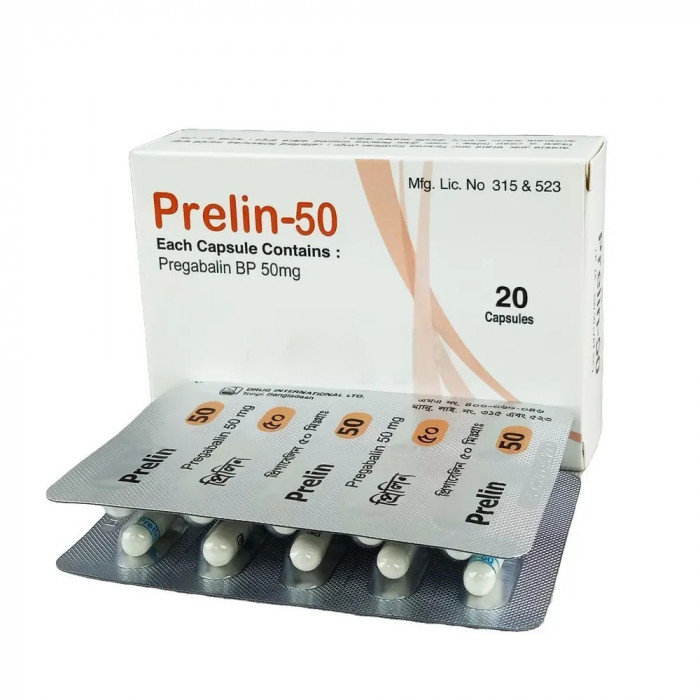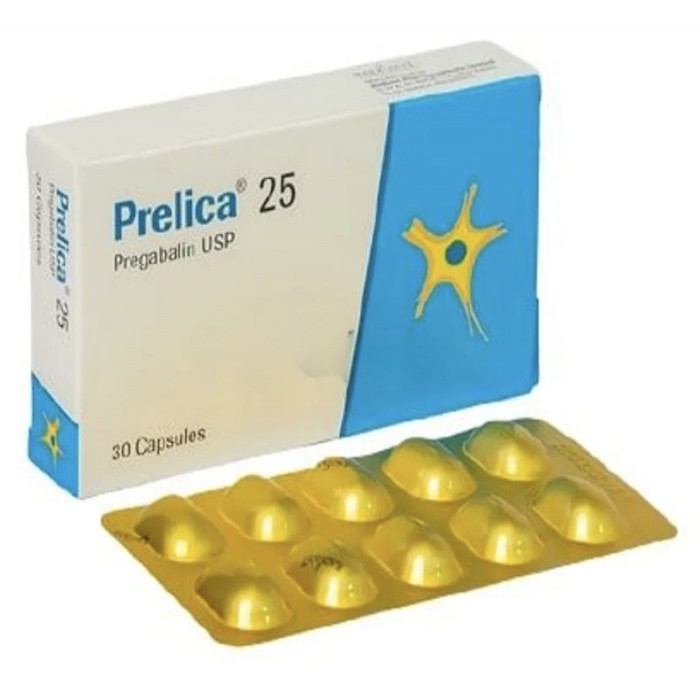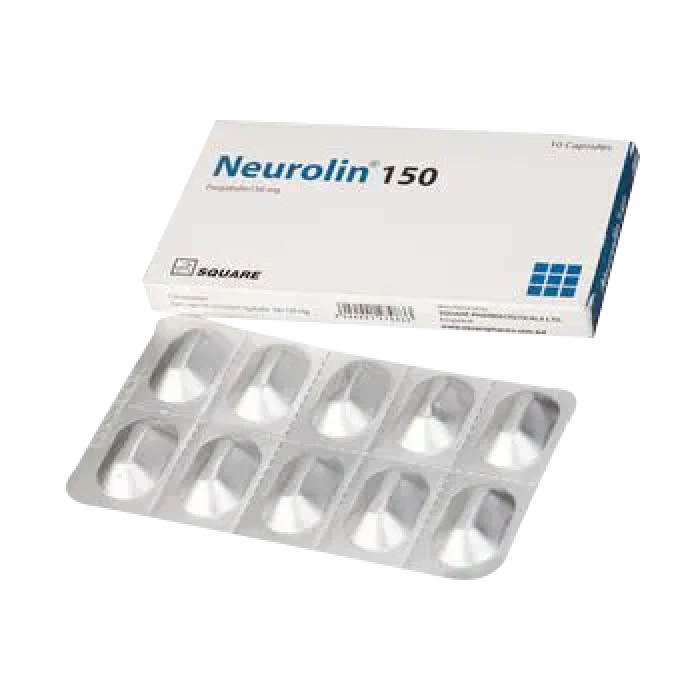
✔ 100% Authentic Product
👁️ Currently Viewing 1200
Neurolin 150mg 10pcs
Capsule Manufacturer/Distributor: Square Pharmaceuticals Ltd. Generic Name: Pregabalin 150mg
Discount
Price: ৳ 283
MRP:
৳
300.6
6%
Off

100% Genuine Products, Guaranteed

Safe & Secure Payments, Always

Fast, Secure & Efficient Delivery

Proper Packaging
 Cash on Delivery - All over Bangladesh
Cash on Delivery - All over Bangladesh Regular Delivery - 12-24 Hours, Dhaka City* Charge Tk.39-59
Regular Delivery - 12-24 Hours, Dhaka City* Charge Tk.39-59 Regular Delivery - 24-48 Hours, Other Cities* Charge Tk.99-110
Regular Delivery - 24-48 Hours, Other Cities* Charge Tk.99-110
 ফ্রি ডেলিভারিঃ - ৯৯৯ টাকা+ অর্ডারে, ঢাকা
শহরে
ফ্রি ডেলিভারিঃ - ৯৯৯ টাকা+ অর্ডারে, ঢাকা
শহরে ফ্রি ডেলিভারিঃ - ২৯৯৯ টাকা+ অর্ডারে, ঢাকার
বাহিরে
ফ্রি ডেলিভারিঃ - ২৯৯৯ টাকা+ অর্ডারে, ঢাকার
বাহিরে
100% Genuine Products, Guaranteed
Safe & Secure Payments, Always
Fast, Secure & Efficient Delivery
Proper Packaging
 Cash on Delivery - All over Bangladesh
Cash on Delivery - All over Bangladesh Regular Delivery - 12-24 Hours, Dhaka City* Charge Tk.39-59
Regular Delivery - 12-24 Hours, Dhaka City* Charge Tk.39-59 Regular Delivery - 24-48 Hours, Other Cities* Charge Tk.99-110
Regular Delivery - 24-48 Hours, Other Cities* Charge Tk.99-110 ফ্রি ডেলিভারিঃ - ৯৯৯ টাকা+ অর্ডারে, ঢাকা
শহরে
ফ্রি ডেলিভারিঃ - ৯৯৯ টাকা+ অর্ডারে, ঢাকা
শহরে ফ্রি ডেলিভারিঃ - ২৯৯৯ টাকা+ অর্ডারে, ঢাকার
বাহিরে
ফ্রি ডেলিভারিঃ - ২৯৯৯ টাকা+ অর্ডারে, ঢাকার
বাহিরে
✅ Description:
Indications
Neurolin® is indicated for the management of neuropathic pain associated with diabetic peripheral neuropathy and management of post herpetic neuralgia. It is also indicated for the adjunctive therapy for adult patients with partial onset seizures. It can be used for the management of fibromyalgia.
Pharmacology
Pregabalin may be a basic subsidiary of the inhibitory neurotransmitter gamma-amino butyric corrosive (GABA). It does not tie straightforwardly to GABAA, GABAB, or benzodiazepine receptor. Pregabalin ties with tall fondness to the alpha-2-delta location (an assistant subunit of voltage-gated calcium channels) in central apprehensive framework tissues. Verbal bioavailability of Pregabalin is ≥90% and is autonomous of measurements. It is disposed of from the systemic circulation fundamentally by renal excretion as unaltered sedate with a cruel end half-life of 6.3 hours in subjects with typical renal work.
Dosage & Administration
Neuropathic pain associated with diabetic peripheral neuropathy: The maximum recommended dose of Pregabalin (Neurolin®) is 100 mg three times a day (300 mg/day). Dosing should begin at 50 mg three times a day (150 mg/day) and may be increased to 300 mg/day within 1 week based on efficacy and tolerability.
Post-herpetic neuralgia: The recommended dose of Pregabalin (Neurolin®) is 75 to 150 mg two times a day, or 50 to 100 mg three times a day (150 to 300 mg/day). Dosing should begin at 75 mg two times a day, or 50 mg three times a day (150 mg/day) and may be increased to 300 mg/day within 1 week based on efficacy and tolerability.
Adjunctive therapy for adult patients with partial onset seizures: Pregabalin (Neurolin®) at doses of 150 to 600 mg/day has been shown to be effective as adjunctive therapy in the treatment of partial onset seizures in adults. The total daily dose should be divided and given either two or three times daily.
Management of Fibromyalgia: The recommended dose of Pregabalin for fibromyalgia is 300 to 450 mg/day. Dosing should begin at 75 mg two times a day (150 mg/day) and may be increased to 150 mg two times a day (300 mg/day).
Neuropathic pain associated with spinal cord injury: The recommended dose range is 150 to 600 mg/day. The recommended starting dose is 75 mg two times a day (150 mg/day). The dose may be increased to 150 mg two times a day (300 mg/day) within 1 week based on efficacy and tolerability.
Interaction
There are no noteworthy intelligent between Pregabalin with other antiepileptic drugs & verbal prophylactic. Pregabalin may potentiate the impacts of ethanol and lorazepam.
Contraindications
Pregabalin (Neurolin®) is contraindicated in patients with known hypersensitivity to Pregabalin or any of its components.
Side Effects
The most common side effects include dizziness, somnolence, dry mouth, edema, blurred vision, weight gain, and abnormal thinking.
Pregnancy & Lactation
Discontinuation of Pregabalin (Neurolin®) without tapering may produce insomnia, nausea, headache and diarrhea. So it should be tapered gradually over a minimum of 1 week rather than discontinued abruptly. Creatinine kinase may be elevated if treated with Pregabalin. It should be discontinued rapidly if myopathy is diagnosed or suspected or if creatinine kinase is elevated markedly.
Precautions & Warnings
Pregnancy: Pregnancy category C. So it should only used if potential benefit justifies the potential risks to the fetus.
Nursing mother: It is not known if pregabalin is excreted in human milk; it is, however, present in the milk of rats. So it should be used in nursing mother only if there is a clear benefit over the risk.
Storage Conditions
Keep in a cool & dry put (underneath 30° C), ensured from light & moisture. Keep out of the reach of children.
⚠️Disclaimer:
At ePharma, we’re committed to providing accurate and accessible health information. However, all content is intended for informational purposes only and should not replace medical advice from a qualified physician. Please consult your healthcare provider for personalized guidance. We aim to support, not substitute, the doctor-patient relationship.




